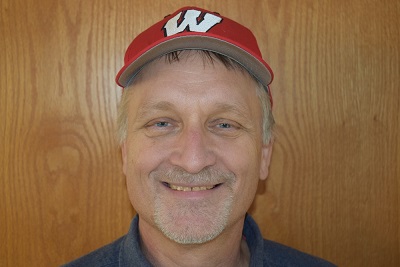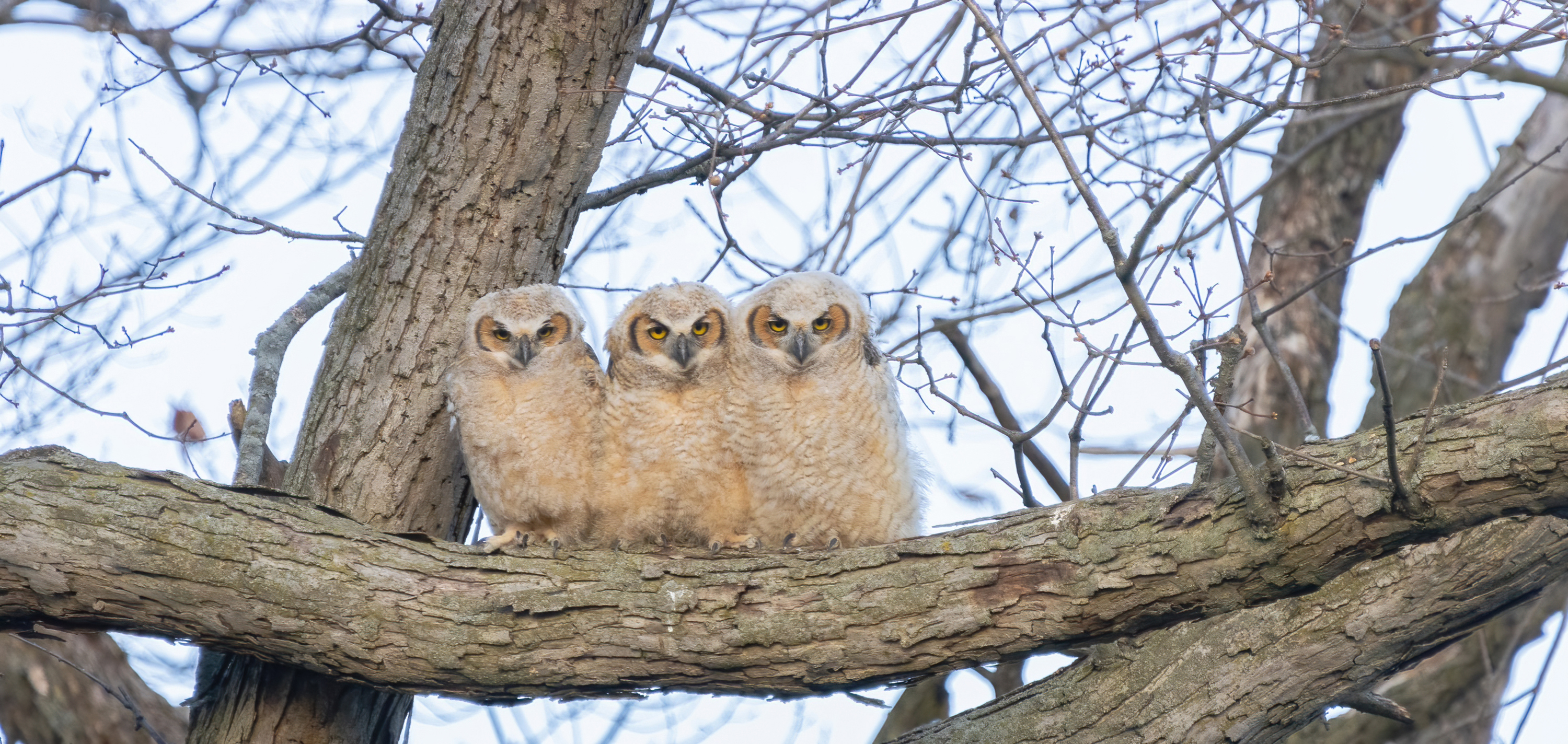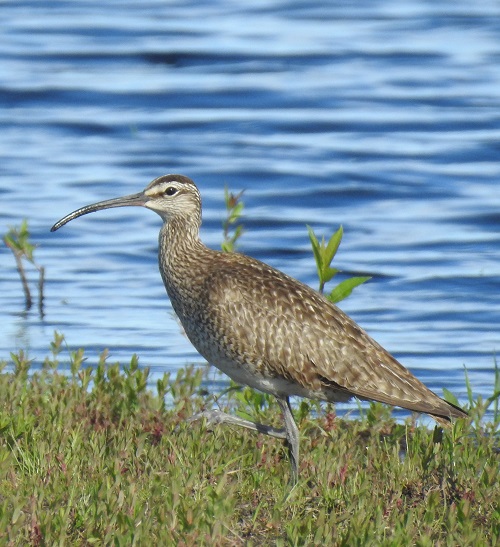
Tell us a bit about yourself:
I’m 63 and work as the Curator of Fishes at the University of Wisconsin Zoological Museum. Before that, I was a Fisheries Research Scientist and Supervisor at the WDNR until I retired in 2017.
How would you describe yourself as a birder?
To be completely honest, fishes are my first love. But birds are a strong second. I began birding as a kid growing up in New York State and really got into it when I became a graduate student in fish ecology at UW-Madison in 1979. There I learned from and birded with some great ornithologists. When I began working as a fisheries research scientist for the Wisconsin DNR in 1985, I became a colleague and friend of some tremendous bird scientists there who focused on management and conservation. But despite many professional connections, I bird mainly to relax and reconnect with nature. Like most folks, I love seeing new species and I keep lists, but I get just as much pleasure from getting good views of common species and learning about their habitats and behaviors.
What are your favorite places to bird in Wisconsin?
It’s hard to pick, but I really enjoy birding the UW Lakeshore Nature Preserve (i.e., Picnic Point) and the UW Arboretum in Madison—beautiful oases in the middle of the city with a wide range of habitats and great trails. And I almost always bump into other birders on my walks. In terms of out-of-town destinations, I love the bottomland forests of the Lower Wisconsin and Mississippi rivers, particularly when I can explore them from a canoe or boat. Wyalusing is an amazing place.
Do you have a favorite bird? If so, why that bird?
This is also a tough one. It’s neck and neck, but, if I had to choose, I’d pick the Red-Headed Woodpecker with Sandhill Crane a close second. The Red-Headed Woodpecker is such a beautiful bird, and they’ve become uncommon enough that seeing one is always a treat. And their stronghold is the Driftless Area, my favorite part of the state. Sandhill Cranes are an amazing bird. I’d seen them as a kid in the Rockies, and when I came to Wisconsin, I was so thrilled to be able to see them around where I lived. In those days they were still scarce enough that it was a good day to see or hear one. Now they’ve become common enough that I can almost guarantee seeing one every time I go out during the spring through fall. But that hasn’t diminished their appeal. They look so cool, and their call is wonderful, especially when they first arrive in the spring on a dreary March day when it seems like spring will never arrive. And any bird that was a favorite of Aldo Leopold has much to recommend it.
What led you to join the WSO?
All of my professional “bird” colleagues and my serious birding friends are long-term WSO members, and I’ve always thought that I should join. But work and family and life really limited my birding for many years, and WSO never quite seemed enough of a priority with everything else on my plate. Now that I am partially retired, I decided to step up my birding, and joining WSO and Madison Audubon were some of my first steps. It’s been nice to connect with the ornithological/birding community again.
Is there anything else you’d like to share about yourself with fellow WSO members?
Like I said earlier, I’m first and foremost a fish geek. Wisconsin fishes are so much more than the common gamefishes, and I think they would appeal to many Wisconsin birders regardless of their interest in fishing. There are many fish groups (e.g., minnows, suckers, darters) that are just as diverse, interesting behaviorally, and challenging to identify as fall warblers, grassland sparrows, or Empidonax flycatchers. Lots of fish scientists have interests in birds and vice versa. For example, the late George Becker, author of the book Fishes of Wisconsin, was a former WSO president. So if any WSO member wants to learn more about Wisconsin fishes, please reach out. Also, much of my work at the UW Zoological Museum concerns the biology and conservation of freshwater fishes in Mexico. I never get to bird there as much as I would like, but I know the country very well (I’ve made more than 50 visits, covering all areas of the country), and I can help out anyone contemplating a birding trip there.

